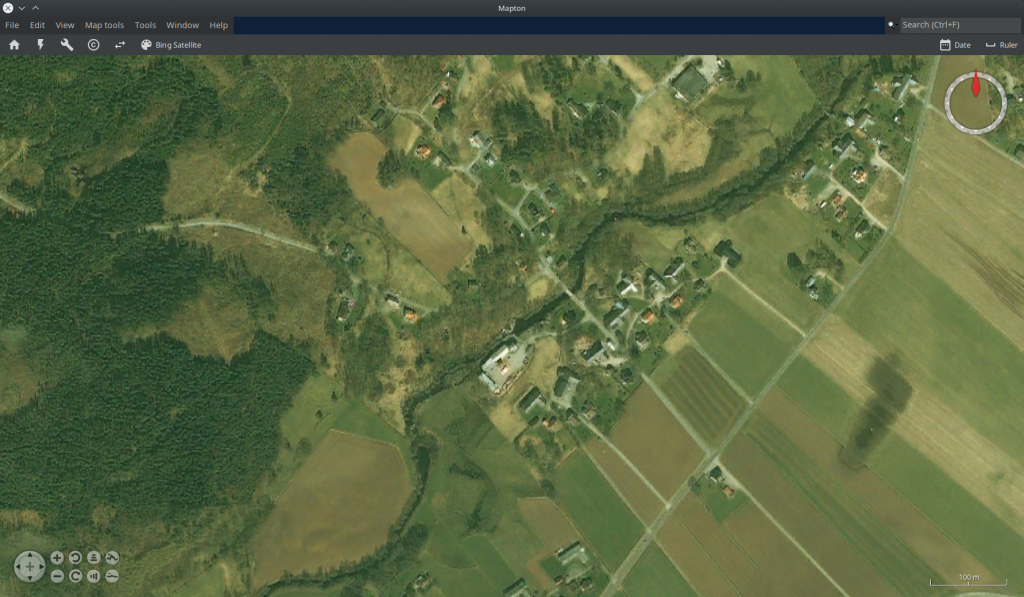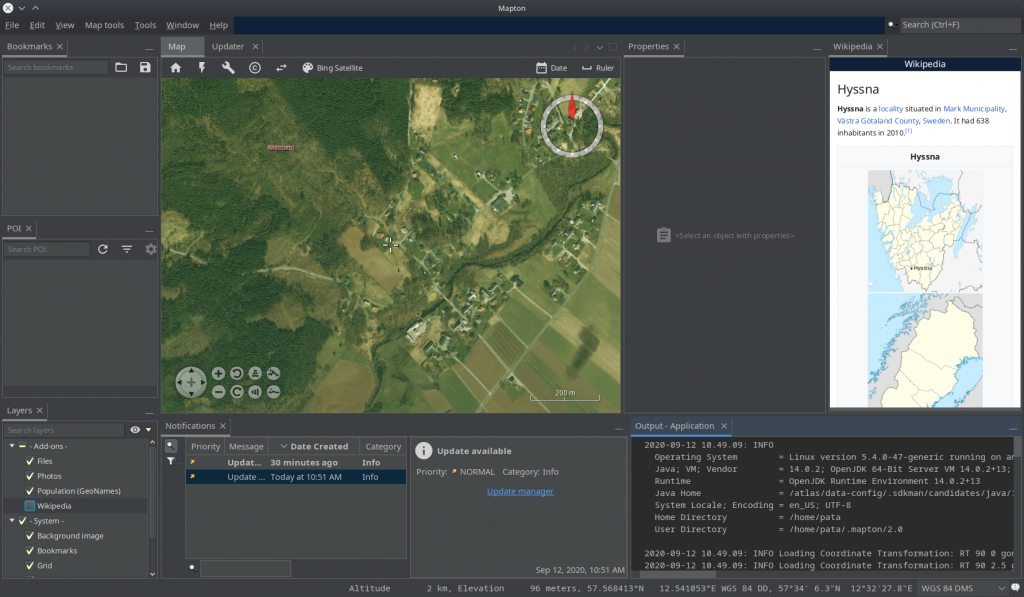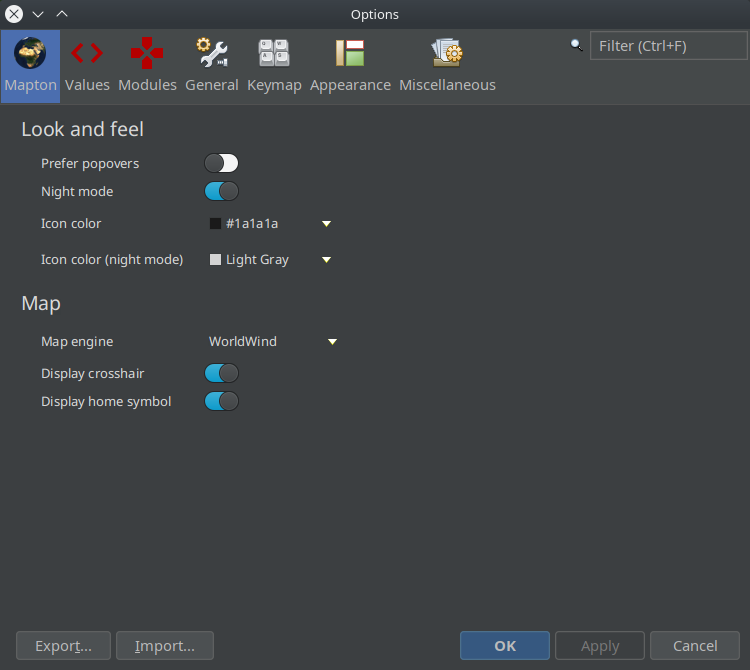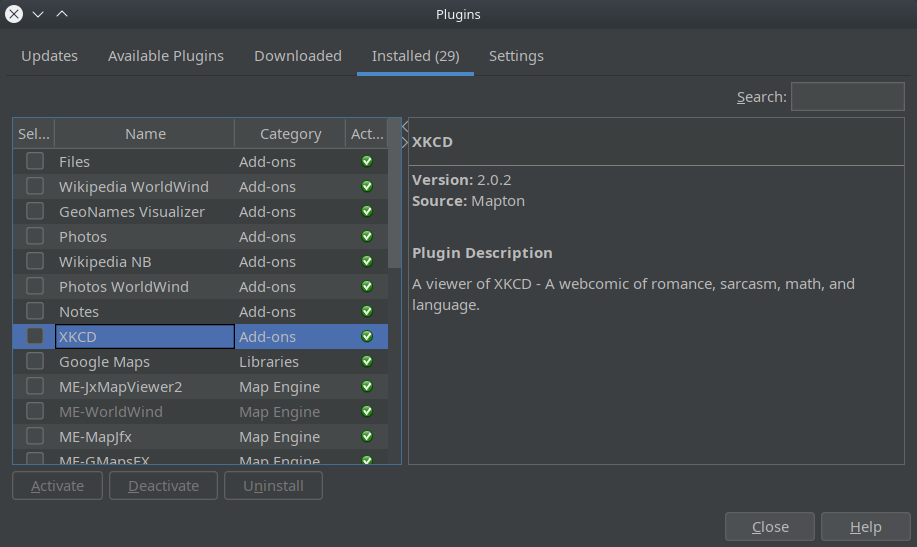On the shoulders of giants
Building an open source app atop the Apache NetBeans Platform
Being a single developer of a project like Mapton makes it essential to rely on others where doable. Mapton relies heavily on Apache NetBeans Platform and has been doing so since its [Mapton] beginning.

The primary benefits were the Window, Lookup and Plugin systems. Until recently, Mapton had its own custom versions of
- a menu
- a toolbar
- a statusbar
- a notification system
- an internal search system
Lately, work has been made in order to replace all of that with pure NetBeans ones. What a treat it was, so much time saved, now and in the future. Not to mention how great it feels to use the final product, based on a platform well crafted over close to 25 years.
So far, Mapton is using the following notable platform components:
- Window system
- Menu & status bar
- Printing system
- Output log
- Notifications
- Plugins
- Options
- Lookup



The Apache NetBeans Platform is powerful, just pick and use what you need and like.
It is well documented, there are many books on the subject as well as a NetBeans Platform Learning Trail.
All of this stable-free-and-ready-to-use-for-any-application makes the development of Mapton able to focus on what makes Mapton Mapton,
maps and spatial data, sometimes time coded.
Caps off to all individuals and organisations involved in NetBeans in one way or another over the years and a special thanks to the Apache Foundation for being a good host for the project since a couple of years.
Patrik Karlström, developer of Mapton
